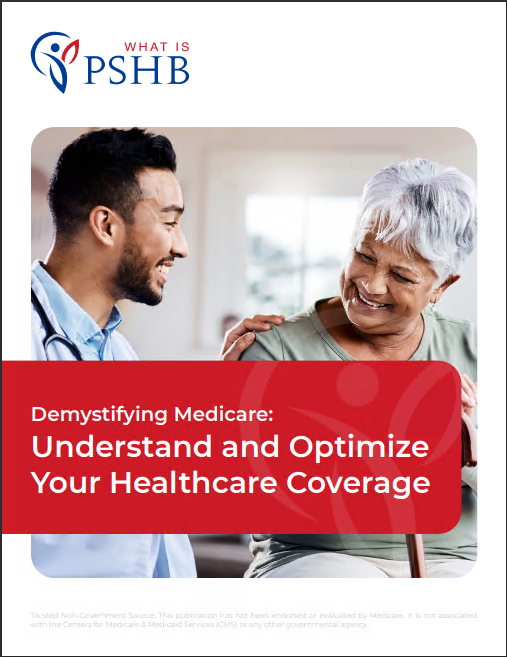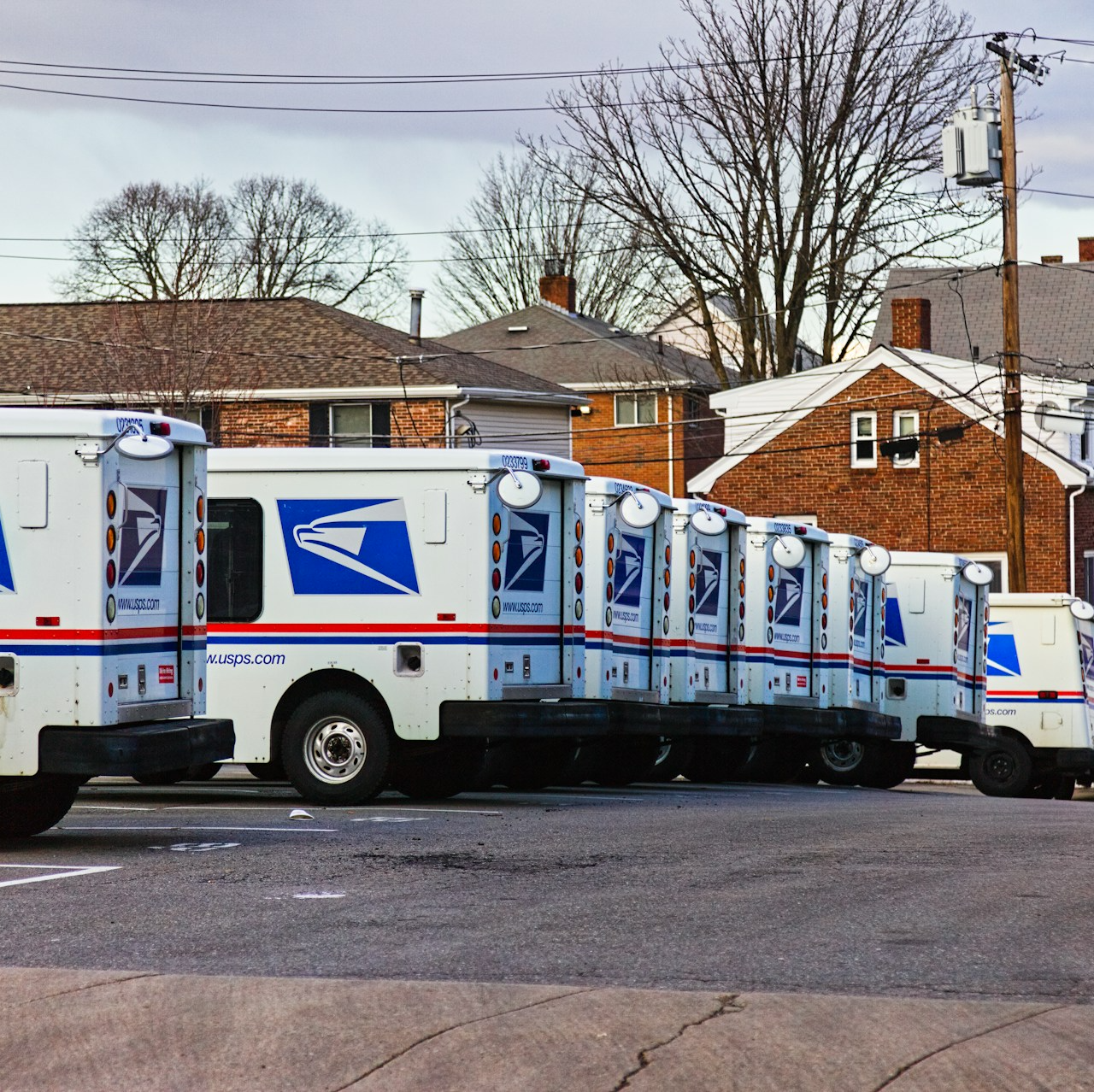Key Takeaways
- Understanding the PSHB reforms and their implications is crucial for USPS employees and retirees.
- The integration of PSHB with Medicare Part B will affect coverage options and enrollment requirements.
Postal Service Health Benefits (PSHB) Reforms: What’s There to Know
The Postal Service Health Benefits (PSHB) Program is undergoing significant reforms, impacting how USPS employees, retirees, and their families will access health benefits. This article aims to provide a comprehensive overview of the PSHB reforms, key changes in coverage, impacts on current employees and retirees, and essential information about enrollment processes and available resources.
Overview of PSHB Reforms and Their Objectives
The Postal Service Reform Act of 2022 mandated the creation of the PSHB Program, which will replace the Federal Employees Health Benefits (FEHB) Program for USPS employees and retirees starting January 1, 2025. Administered by the Office of Personnel Management (OPM), the PSHB Program aims to streamline health benefits, improve coverage, and ensure financial sustainability for the Postal Service.
Key objectives of the PSHB reforms include:
- Aligning postal health benefits more closely with Medicare to reduce costs.
- Ensuring comprehensive coverage for USPS employees and retirees.
- Simplifying the administration of health benefits through a centralized system.
These reforms are part of broader efforts to enhance the efficiency and effectiveness of the Postal Service’s operations while providing robust health coverage for its workforce. By integrating with Medicare and offering specialized plans for postal employees and retirees, the PSHB Program is designed to reduce costs and improve the quality of care.
Key Changes in Coverage Under the New PSHB Program
The PSHB Program introduces several significant changes to coverage for USPS employees and retirees:
- Medicare Integration: Retirees eligible for Medicare will be required to enroll in Medicare Part B. This integration aims to leverage Medicare’s primary coverage, reducing overall costs for the PSHB plans.
- New Plan Options: The PSHB Program will offer a variety of health plans tailored specifically for postal employees and retirees, providing more choices to meet diverse healthcare needs.
- Transition from FEHB: Current FEHB enrollees must transition to PSHB plans. This transition includes automatic enrollment in PSHB for eligible individuals unless they opt-out.
These changes are designed to ensure that postal employees and retirees receive high-quality healthcare while maintaining cost efficiency for the Postal Service. The new plan options will be more aligned with the specific needs of postal workers, ensuring that they have access to necessary medical services without undue financial burden.
Impact of PSHB Reforms on Current Employees and Retirees
The PSHB reforms will have significant impacts on both current employees and retirees:
- Current Employees: Employees will have new health plan options to choose from during Open Season. It’s important for employees to review these options carefully to select the plan that best meets their needs. The new plans will offer a range of benefits that are designed to address the unique health concerns of postal workers.
- Retirees: Those who are Medicare-eligible will need to enroll in Medicare Part B to maintain their PSHB coverage. This requirement ensures that Medicare covers primary healthcare costs, with PSHB plans providing secondary coverage.
Retirees who do not enroll in Medicare Part B may face penalties and a lapse in coverage, making it crucial to understand and comply with the new requirements. The integration with Medicare is intended to provide comprehensive coverage while reducing out-of-pocket expenses for retirees. By coordinating benefits with Medicare, the PSHB Program can offer more extensive coverage at a lower cost.
How PSHB Reforms Align with Medicare Integration
A critical component of the PSHB reforms is the integration with Medicare. This alignment involves several key elements:
- Mandatory Enrollment in Medicare Part B: Medicare-eligible retirees must enroll in Part B to maintain PSHB coverage. This requirement applies to those who retire and become Medicare-eligible after December 31, 2024.
- Coordination of Benefits: Medicare will serve as the primary payer for covered services, while PSHB plans will provide secondary coverage, covering costs not paid by Medicare.
This integration aims to reduce the financial burden on the PSHB Program by utilizing Medicare’s comprehensive coverage for eligible individuals. By coordinating benefits with Medicare, the PSHB plans can offer more complete coverage at a reduced cost to both the plan and its members. This approach ensures that postal retirees receive the necessary medical care without incurring excessive out-of-pocket expenses.
Navigating the Enrollment Process Post-Reforms
Enrolling in the PSHB Program involves several steps, especially for those transitioning from FEHB or newly eligible for Medicare:
- Review Plan Options: During Open Season, review the available PSHB plans to select the one that best fits your healthcare needs. It’s important to compare the different plan options to find the one that offers the best combination of coverage and cost.
- Enroll in Medicare Part B: If you are Medicare-eligible, ensure you enroll in Part B to avoid penalties and maintain continuous coverage. The enrollment process for Medicare Part B can be completed online, by mail, or in person at a local Social Security office.
- Submit Required Documentation: Gather and submit necessary documents, such as proof of prior coverage and Medicare enrollment. These documents are essential for verifying your eligibility and ensuring that your enrollment is processed correctly.
- Confirm Enrollment: Verify that your enrollment is processed correctly by checking with the PSHB Program and Medicare. It’s important to follow up to ensure that there are no issues with your coverage.
Understanding these steps and preparing in advance can help ensure a smooth transition to the new PSHB coverage. By staying informed and proactive, you can avoid potential issues and ensure that your health benefits are uninterrupted.
Common Challenges and Solutions in PSHB Enrollment
Enrolling in the PSHB Program can present several challenges, including:
- Missed Deadlines: Failing to enroll during the designated periods can result in late penalties and gaps in coverage. Mark key dates on your calendar and set reminders to avoid missing deadlines. Staying organized and aware of important dates is crucial for maintaining continuous coverage.
- Incomplete Documentation: Submitting incomplete or incorrect documents can delay enrollment. Double-check your forms and documentation for accuracy before submission. Ensuring that all required information is provided can help expedite the enrollment process.
- Understanding Coverage Coordination: Navigating how Medicare Part B and PSHB work together can be complex. Utilize available resources, such as PSHB customer service and licensed insurance agents, to clarify any doubts. Seeking expert advice can help you understand the details of your coverage and make informed decisions.
By anticipating these challenges and being well-prepared, you can ensure a smoother enrollment process and continuous coverage. Taking the time to understand the enrollment requirements and seeking assistance when needed can help you avoid common pitfalls and ensure that your health benefits are in place.
Resources and Support for Understanding PSHB Reforms
Several resources are available to help USPS employees and retirees understand and navigate the PSHB reforms:
- OPM Website: Provides detailed information about the PSHB Program, including FAQs, plan comparisons, and enrollment guides. The OPM website is a valuable resource for finding accurate and up-to-date information about the PSHB Program.
- PSHB Customer Service: Offers personalized assistance for questions and issues related to the PSHB Program. Customer service representatives can provide guidance and help resolve any issues that may arise during the enrollment process.
- Licensed Insurance Agents: Can provide expert advice on selecting the best health plans and understanding Medicare integration. Licensed agents have the knowledge and experience to help you navigate the complexities of health benefits and make informed choices.
Utilizing these resources can make the transition to the PSHB Program easier and ensure that you have the coverage you need. By taking advantage of the available support, you can gain a better understanding of your options and make decisions that best meet your healthcare needs.
Conclusion
The PSHB reforms represent a significant shift in how USPS employees and retirees will access health benefits. Understanding the objectives, key changes, impacts, and enrollment processes is essential for ensuring seamless coverage. By staying informed and utilizing available resources, you can navigate these reforms with confidence and secure the healthcare benefits you need. Staying proactive and prepared will help you make the most of the PSHB Program and ensure that your health coverage is continuous and comprehensive.
Contact Information:
Email: [email protected]
Phone: 7025558901












